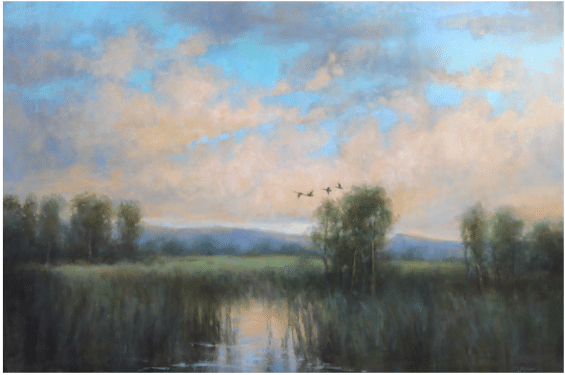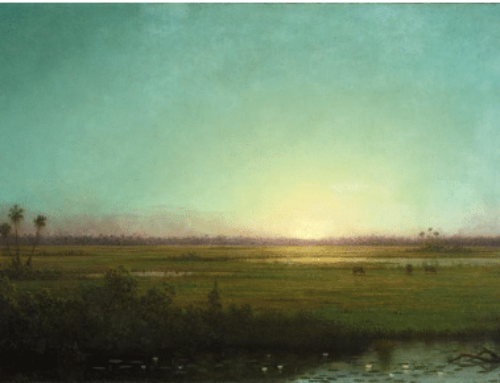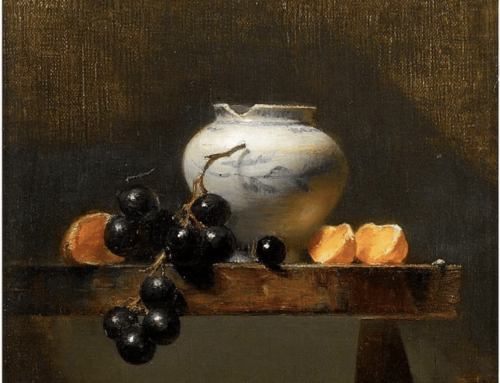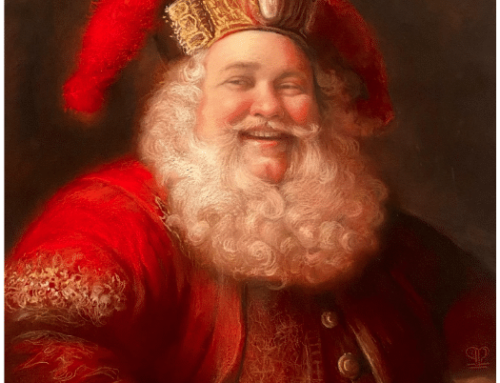Water adds brightness and life to paintings, no matter the medium. Adding the gleam of a sunset or late afternoon light transforms a foreground otherwise dull and dark into a fascinating that pulls a viewer in and won’t let go.
While the specific techniques vary depending on whether you’re using oils, watercolors, or pastels, certain principles for rendering realistic water carry all the way through. So, what makes it so hard?
It so happens that rendering believable water may be one of those things in painting for which there are no shortcuts – but lots of tips and tricks.
Painter Lori McNee says a common error is to assume a reflection in water is a mirror image of what’s being reflected.
“Many new painters paint the reflected image as an exact, mirrored image of the direct object. This distorts and the realistic landscape painting requires a more accurate representation of what your eyes actually see,” she says.
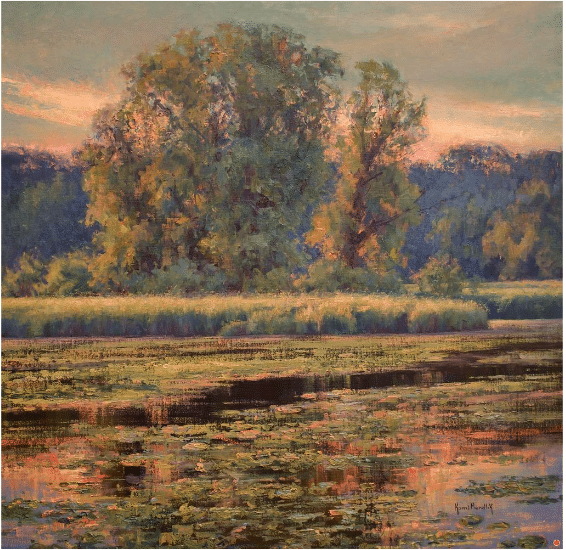
Kami Mendlik, The Pond ‐ Oil ‐ Linen ‐ 30 x 30 ‐ Sold
“When viewing a scene of reflections in water, you are seeing the actual objects in the scene and their reflected images from two different viewing angles,” Lori points out.
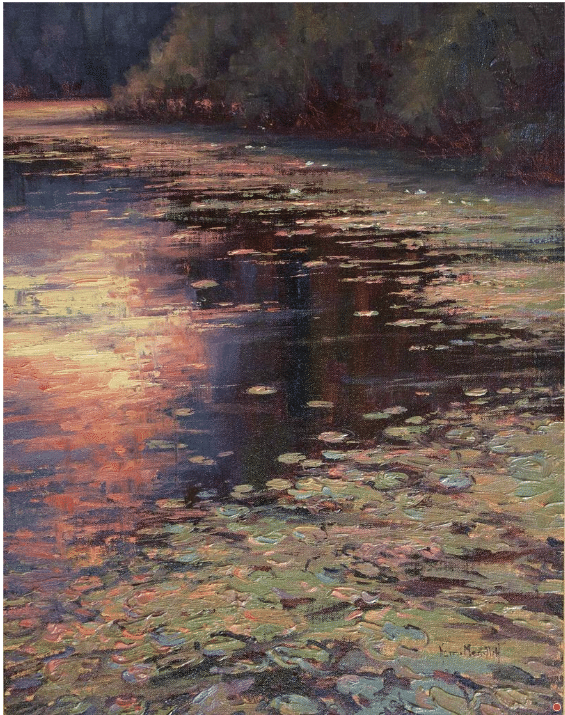
Kami Mendlik, A Moment at the Pond ‐ Oil ‐ Linen ‐ 16 x 14
“Of course, the reflected image you see in the water bounces off the surface of the water. However, you see the reflected scene from an angle of view as far below the surface of the water as your eyes are above the water,” Lori says. “This means you see more of the undersides of reflected objects and may even see reflected objects that you cannot see at all when you look directly at the objects.”
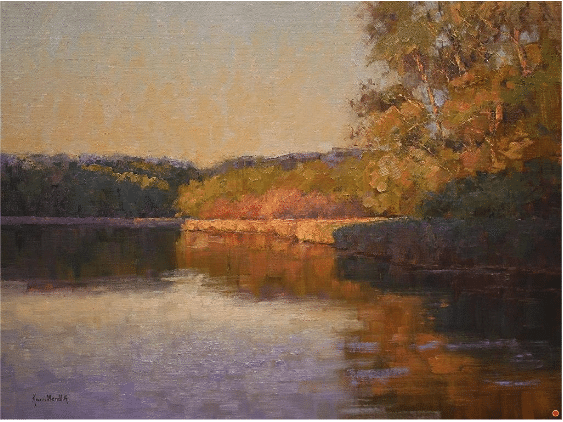
Kami Mendlik, Light’s Symphony on The Pond ‐ Oil ‐ 18 x 24
Another common and easily avoidable mistake, Lori says, is using pure white to paint very bright highlights such as reflections of the sunset on the water.
“Observation and practice will help you paint what you see and not what you know,” she says. “Try mixing a bit of yellow or orange into white for these intense highlights. If painted accurately, the painted sunlight can appear as bright as the original reflection of the actual sun.”
One of Lori’s go-to skills, using complementary colors and warm against cool colors, can dramatically improve painted reflections, as well as enhance the glow of your paintings.
Lori touches upon how to paint water as part of her video, Luminous Landscape Painting.
There’s also PaintTube.TV’s new video from Kami Mendlik’s Mastering Water: The Secrets of Color and Reflection, in addition to multiple videos on painting the subject using multiple mediums here.

